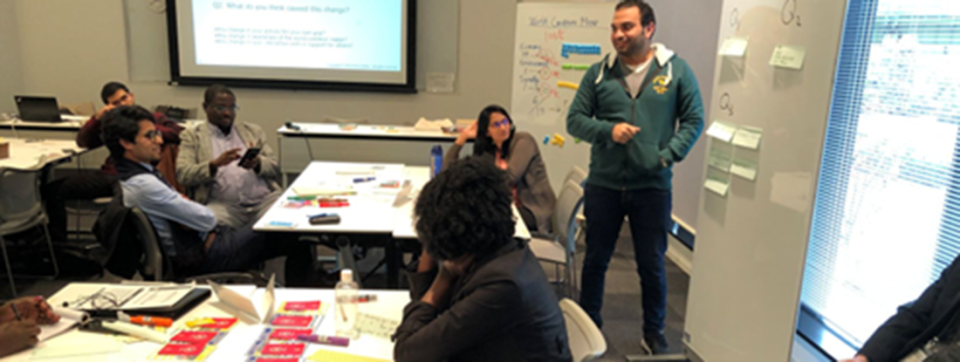- عربي
- 中文
- English
- Français
- 日本語
- Русский
- Español
Integrated Regional Development Planning (IRDP)/Localizing SDGs

The United Nations Centre for Regional Development (UNCRD) has been employing Integrated Regional Development Planning (IRDP) as a main instrument to promote sustainable development. IRDP has a multidisciplinary and integrated approach, which addresses urban and rural linkages, territorial integration, a balanced distribution of population and economic activities in a spatial context to attain equity, and social cohesion/justice. It also promotes participatory planning, an efficient territorial organization, the effective incorporation of environmental and disaster risk management (including climate change), in an integrated manner with the other sectors of territorial development (transport, housing, basic and social services, energy, water, economy, etc.). IRDP also uses appropriate institutional arrangements to enhance resilience and better governance.
IRDP is founded on a territorial and spatial approach to development. It is a process of planning that can transcend sectors as well as administrative or jurisdictional boundaries to pursue holistic and integrated approaches to sustainable development at sub-national levels. The approach is multi-scalar so as to cover the environmental, social, and economic issues that are being addressed at the appropriate planning and management scale, promoting the required articulation of the different scales. IRDP enables addressing the existing interdependencies and complementarities between the territories (city-regions, urban agglomerations, systems of cities, and urban and rural linkages), which are mutually related through complex exchanges of materials (resources), services (including environmental services), energy, information, and population.
IRDP is also designed to specifically address the needs at the regional and local levels and many problems that affect people at the local level. In addition, IRDP seeks to address regional, local and community empowerment and capacity development.
IRDP is a useful tool for sustainable development, in particular, since it integrates the three pillars of sustainable development, promotes intergovernmental (horizontal and vertical) and public-private coordination, multistakeholder dialogue and synergies, common regional visions, and thus participatory planning.
With its participatory, multi-scalar, multi-stakeholder and multi-sectoral approach, IRDP offers a useful tool for pursuing sustainable development, in particular for those countries undergoing decentralization.
Objectives
The overall objective is to enhance application of IRDP in Asian, African and Latin American and Caribbean (LAC) countries as an effective tool to achieve sustainable regional development. In this regards, the specific objectives of the Economic and Social Development Unit are:
- To enhance capacities of national governments for effective regional and territorial development policy formulation and implementation (including planning and management instruments); and
- To improve institutional and technical capacities of sub-national institutions for integrated regional development planning and management.
Activities
The following are the areas where UNCRD focuses its activities:
- Serving as a knowledge platform on IRDP;
- Organizing forums in Asia, Africa and Latin America for exchange of experiences on regional development planning and management;
- Conducting training of policy makers and planners;
- Providing technical assistance for policy formulation and integrated regional planning and management processes, including multi-stakeholder consultations as well as implementation; and
- Networking with partners and collaborators including UN organizations, aid agencies, central/local governments in Asia, Africa and LACcountries, universities, training and research institutes etc.
Focal Point
Economic and Social Development Unit

